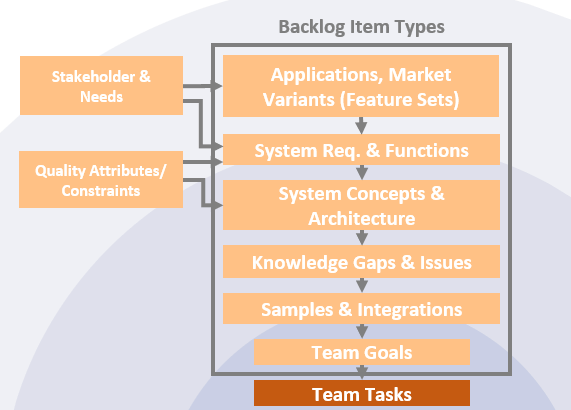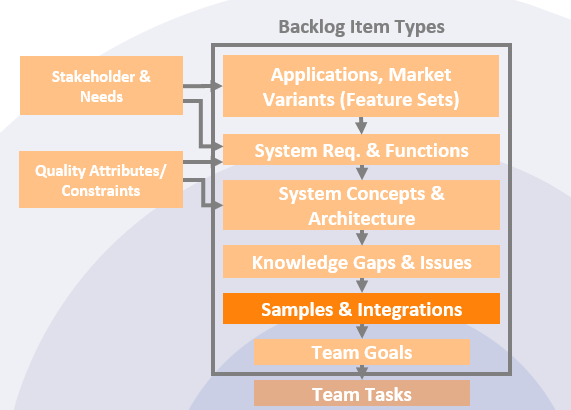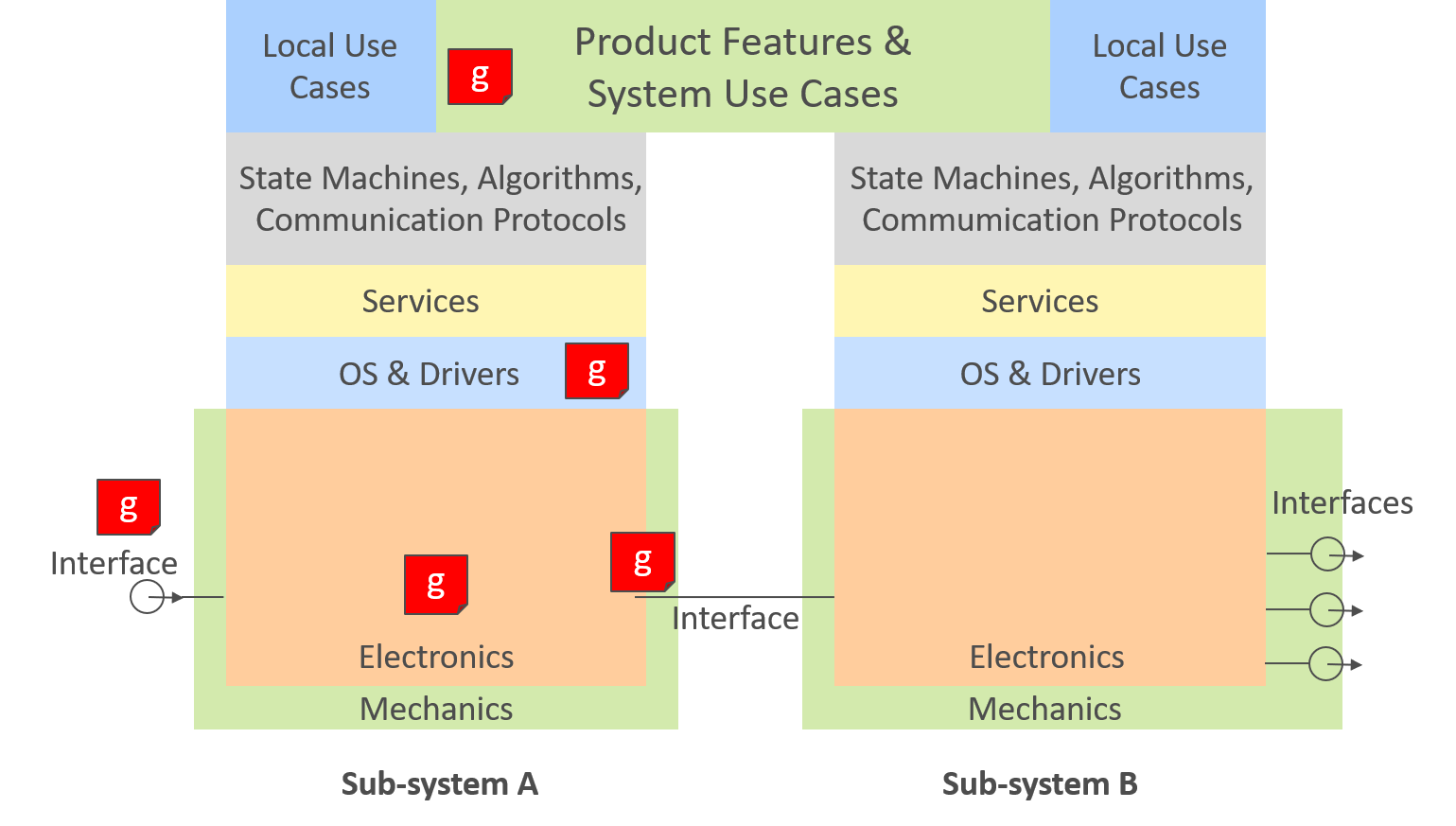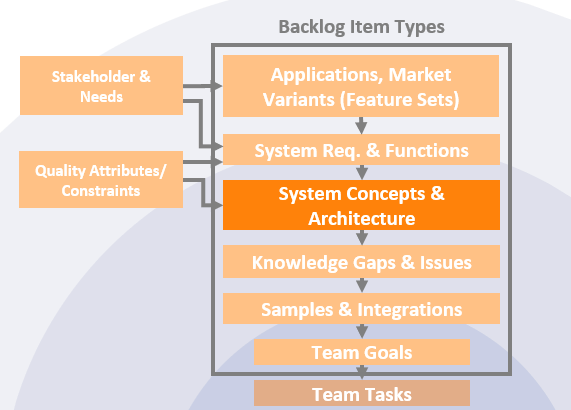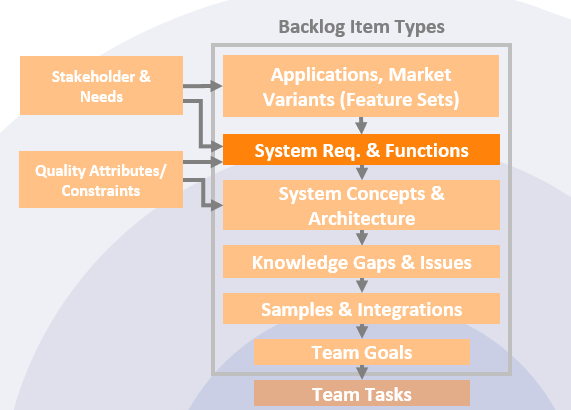The Cycle is a kind of large iteration at the Cluster level , it could also be called a “cluster iteration”. The cycle is usually also used for the Portfolio level of the entire Organization . The Cycle consists of several Iterations , a preamble consisting of Cluster Planning and a trailer consisting of Cluster Review and Cluster Retrospective. Since these events take a significant amount of time, the P4 Framework provides for a complete week every quarter, which is referred to as an Inter Cycle Week. This approach does not confuse the iteration events, which always take place on the same day of the week.
The Inter Cycle Week is exactly between the Iterations of two Cycles and starts on the day after the Team Retrospectives, not on the following Monday. It ends the previous Cycle with a Cluster Review and a Cluster Retrospective (together with a Portfolio Review and an Organizational Retrospective if the Organization level also uses Cycles) and starts the next Cycle with Cluster Planning (with a previous Portfolio Planning, if applicable). The following picture illustrates this:
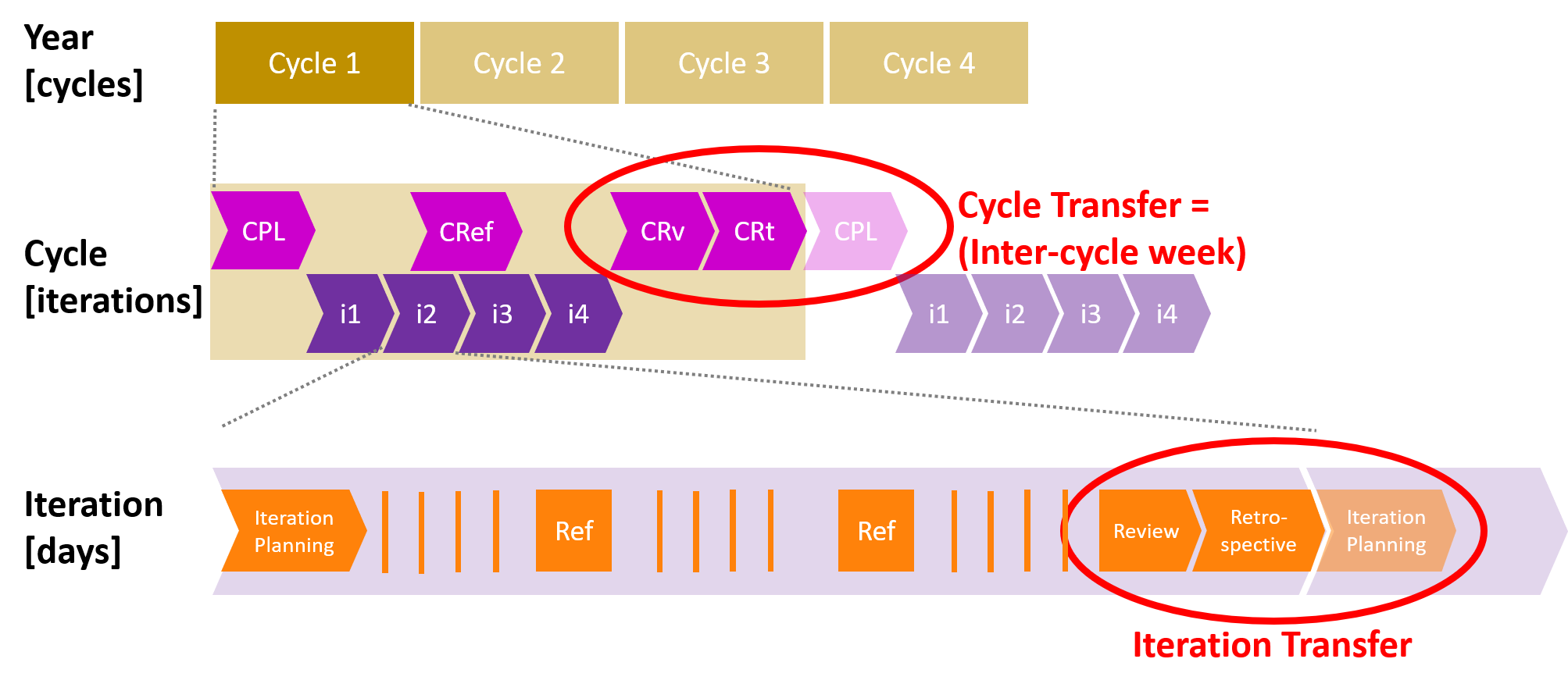
Legend:
CPL=Cluster-Planning, CRef=Cluster-Backlog-Refinement, CRv=Cluster-Review, CRt=Cluster-Retrospective
\r\n
Further suitable links:
| Events | Roles | Groups | Artifacts |
| Team Planning
. . |
Team Product Owner
. . |
Working Team
. . |
Team Backlog
. Usable Knowledge & System Increment . |
